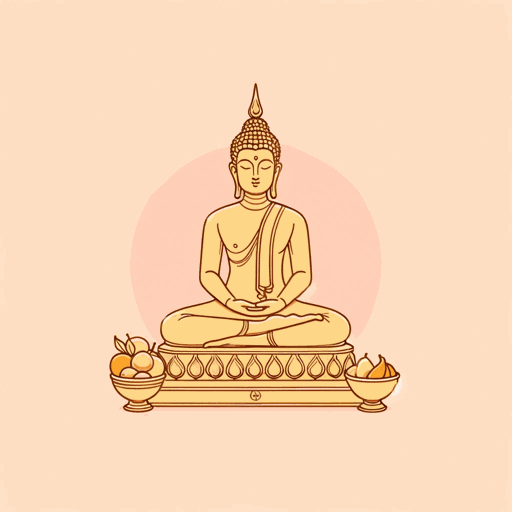49 pages • 1 hour read
Bich Minh NguyenStealing Buddha's Dinner
Nonfiction | Autobiography / Memoir | Adult | Published in 2007A modern alternative to SparkNotes and CliffsNotes, SuperSummary offers high-quality Study Guides with detailed chapter summaries and analysis of major themes, characters, and more.
Symbols & Motifs
The Statue of Buddha
Originally in the Nguyens’ living room and later in Noi’s room, the statue of Buddha represents her relationship to Noi, Buddhism, and her ancestors. Each day, Noi carefully places fruit on the altar and leaves it for a couple of days as a sign of respect. This fruit becomes special to Bich. The statue of Buddha is such an important motif that it is referred to in the title of the book, and the title chapter refers to when Bich decides to attempt to “test Buddha’s wrath” (193) by stealing a piece of fruit off of the altar. When she lives in Noi’s room, they sleep with their heads towards the statue as a sign of respect. Through the statue, Bich is able to personally test her relationship with Buddhism and to learn more about herself.
Food
Food is another constant motif in Stealing Buddha’s Dinner. It drives the story, and it’s clear that food was a vital part of building an identity for Bich. American food comes up repeatedly in the book to illustrate Bich’s fixation with American culture: “I wanted to savor new food, different food, white food. I was convinced I was falling far behind on becoming American” (52).

